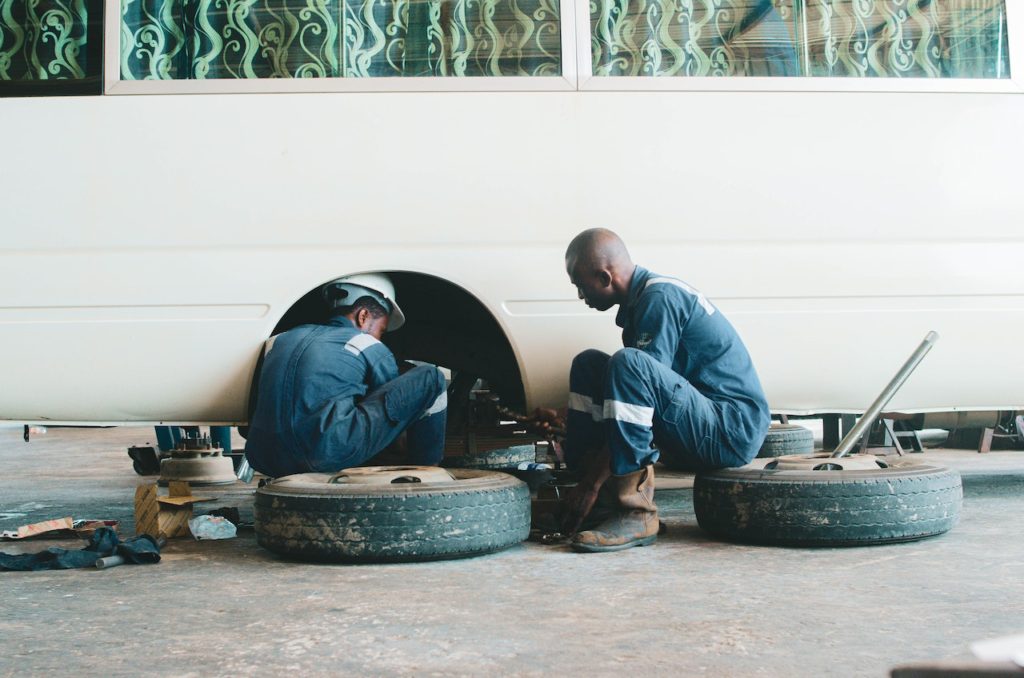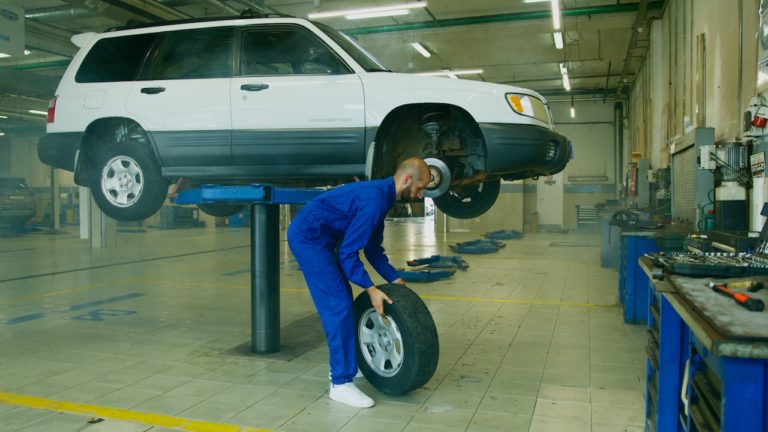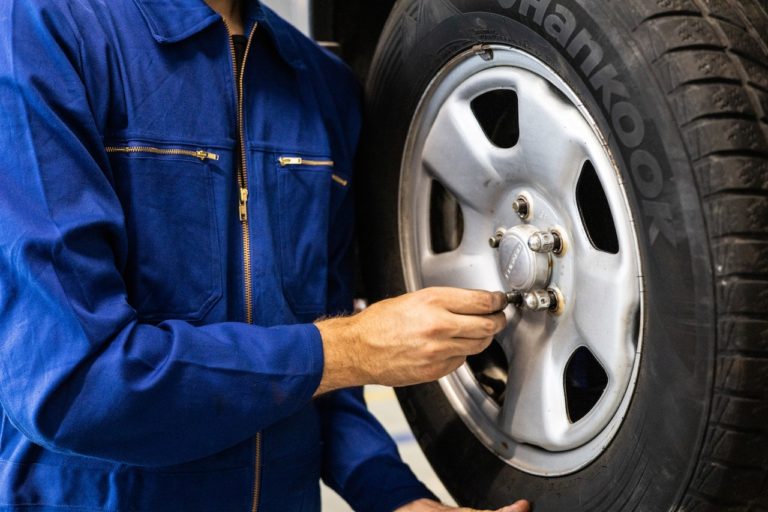As car owners, we all know the importance of maintaining our vehicles. One of the most critical components of our cars is the tires. They are responsible for carrying the weight of our vehicles and ensuring our safety on the road. However, tire pressure loss is a common problem that many car owners encounter. Understanding the causes of tire pressure loss can help us prevent this problem and maintain our vehicle’s safety. In this article, we will discuss the common causes of tire pressure loss and how to address them.
Temperature Changes
Temperature changes are the most common reason people bring their cars to shops complaining of low tire pressure. Temperature changes can have a significant impact on tire pressure. In cold weather, the air molecules in our tires contract, causing a drop in tire pressure. In contrast, during hot weather, the air molecules expand, causing an increase in tire pressure.
To avoid tire pressure loss due to temperature changes, it is essential to check tire pressure regularly, especially during temperature fluctuations. We recommend checking your tire pressure once a month, using a reliable tire pressure gauge. We recommend to always check your tire pressure when your tires are cold, before the car has been driven to get the most accurate reading possible.
Punctures
Punctures are one of the other most common causes of tire pressure loss. Sharp objects like nails, screws, or shards of glass can puncture your tires and cause them to leak air. Punctures can be challenging to detect, especially if the object is small and embedded in the tire’s tread.
To avoid punctures, avoid driving in areas with sharp debris like construction sites or areas with a lot of broken glass. If you notice your tire is losing pressure, inspect the tire for any visible signs of damage and have it repaired or replaced if necessary.
Damaged Valve Stem
Valve stems are the components that allow us to inflate and deflate our tires. They are essential components that can cause tire pressure loss if damaged. Valve stems can become damaged due to corrosion, age, or impact damage, causing them to leak air slowly.
To prevent valve stem damage, we recommend checking your valve stems for signs of damage regularly. If you notice any damage, have them replaced immediately by a professional mechanic. If you think your valve stem is leaking, get a spray bottle filled with soapy water and spray it. If you see air bubbles bubbling, you have a leak.
Aging Tires
Tires are not designed to last forever. As they age, they can become brittle and prone to cracks, which can cause tire pressure loss. As a general rule, we recommend replacing tires every six years, regardless of mileage. You can determine the age of your tires by learning how to read the letters and numbers on the sidewall of the tire. Read here to learn how.
To prevent tire pressure loss due to aging tires, we recommend inspecting your tires regularly for signs of wear and tear. If you notice any cracks or damage, have your tires replaced immediately.
Wheel/Rim Damage
The wheels on your car are responsible for supporting your tires and maintaining their shape. However, they can become damaged due to impact or age, causing them to leak air slowly. Rim cracks are common with low profile wheels such as on BMW’s or Mercedes.
To prevent wheel damage, we recommend avoiding potholes and other hazards on the road. If you notice your wheel is damaged, have it repaired or replaced immediately by a professional mechanic.
Conclusion
In conclusion, tyre pressure loss is a common problem that many car owners encounter. Understanding the common causes of tire pressure loss can help us prevent this problem and maintain our vehicle’s safety. By regularly checking our tire pressure, inspecting our tires, and avoiding hazards on the road, we can ensure our safety and prevent unnecessary tire pressure loss.



